Discover the Wondrous World of Penguins
Meet the Penguins
Waddling across icy landscapes and diving deep into ocean waters, penguins are some of the most beloved birds on the planet. Despite their tuxedo-like appearance and awkward gait on land, these flightless birds are champions of adaptation, survival, and parenting. With 18 unique species scattered across the Southern Hemisphere, each one has a fascinating story to tell.
Where Do Penguins Live?
Contrary to popular belief, not all penguins live in Antarctica! While many do inhabit icy coastlines and frigid waters, others thrive in surprisingly warm climates like the Galápagos Islands and the shores of South Africa.
Penguins are found exclusively in the Southern Hemisphere and have evolved to handle a wide range of environments—from icy tundras to tropical beaches. Their bodies are built for water, not air. Powerful flippers and torpedo-shaped bodies make them expert swimmers, capable of darting through ocean currents with grace.
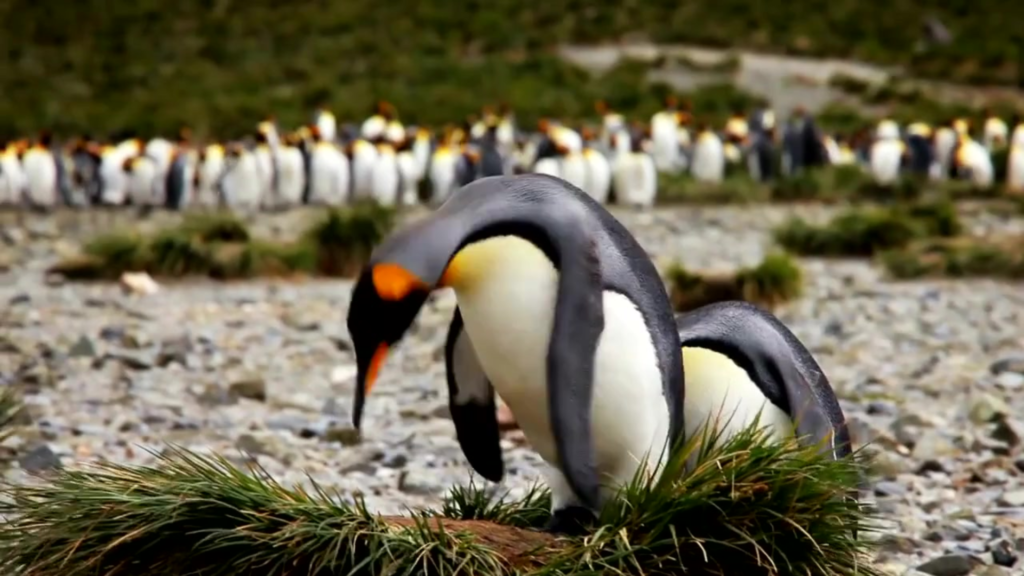



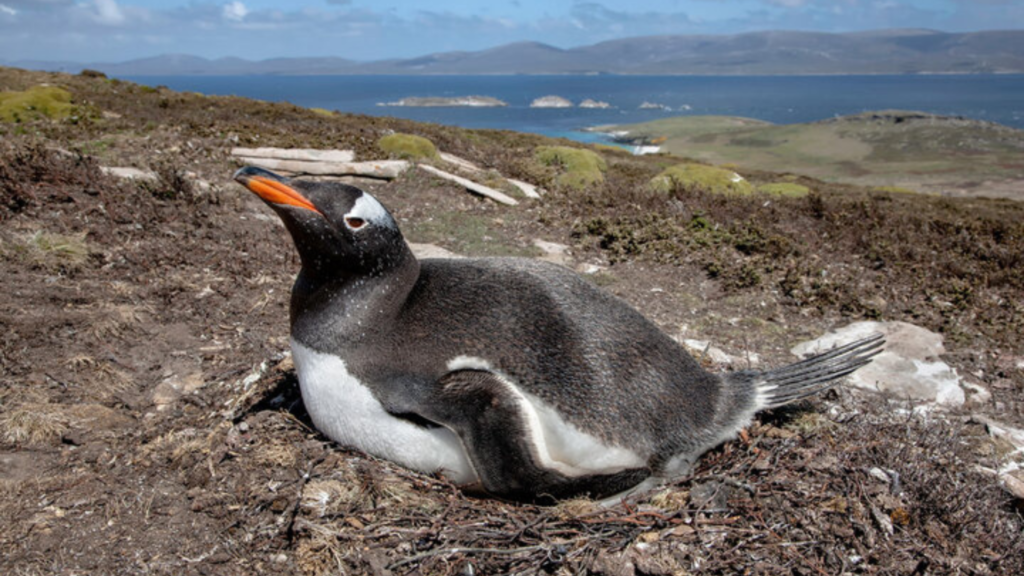
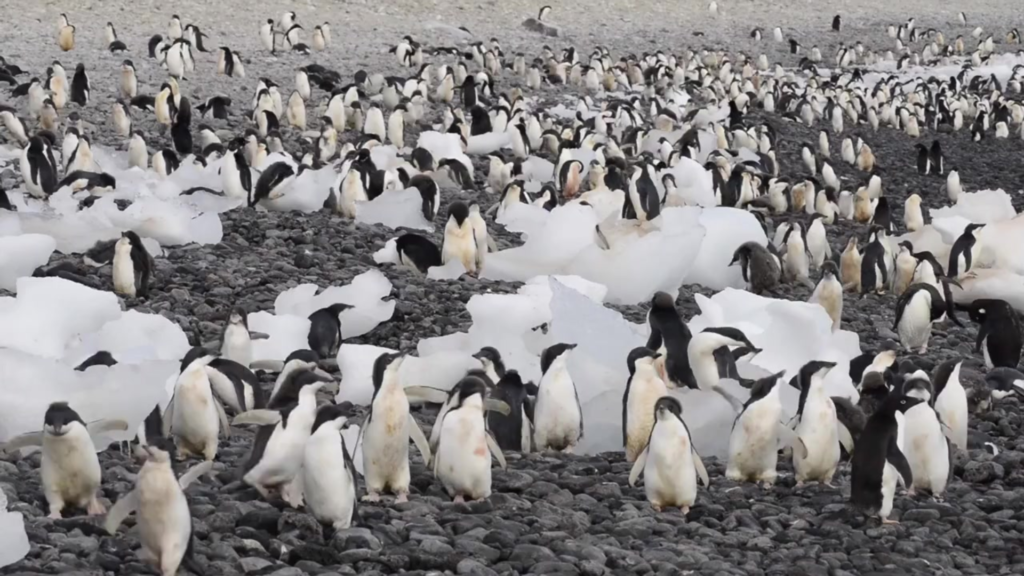
Penguin Species Highlights
With 18 known species of penguins, here are a few standout favorites:
- Emperor Penguin – The tallest and heaviest of all, reaching up to 4 feet tall.
- King Penguin – Slightly smaller than the Emperor, with striking orange and yellow feathers.
- Adélie Penguin – Classic black and white with a white ring around the eye.
- Gentoo Penguin – Known for their bright orange beaks and record-breaking swim speeds.
- Chinstrap Penguin – Easy to spot thanks to the black line under their chin.
- African Penguin – Also called the “Jackass Penguin” for its donkey-like bray, this species lives in warmer climates.
Life Expectancy
In the wild, penguins typically live between 15 and 20 years, although some can survive up to 25 years under ideal conditions.
What’s on the Menu?
Penguins are carnivorous and hunt their food in the sea. Their diet depends on the species and region but generally includes:
- Fish
- Squid
- Krill
They can dive to impressive depths and hold their breath for several minutes while pursuing prey.
Love & Loyalty: Penguin Mating
Most penguin species are monogamous during the breeding season, and some even reunite with the same mate each year! Courtship includes adorable flipper flaps, vocal calls, and synchronized movements.
Once paired, they take turns incubating one or two eggs. Depending on the species, hatching occurs after 30 to 65 days.
Penguin Parenting
Penguins are dedicated parents, often sharing childcare duties equally. Here’s how chick development varies:
- Emperor Penguins: Chicks stay with their parents for about 5 to 6 months.
- King Penguins: Chick care can last up to 13 months – the longest of any penguin.
- Gentoo, Chinstrap, and others: Chicks stay for 6 to 9 weeks before joining group nurseries called crèches to prepare for independence.
Penguins in Action
Although they can’t fly, penguins make up for it in the water. Gentoo penguins are the fastest swimmers, reaching speeds over 20 mph. Many penguins can dive to depths of 500 feet or more!
Some penguins even leap from the water onto ice ledges using explosive bursts of speed.
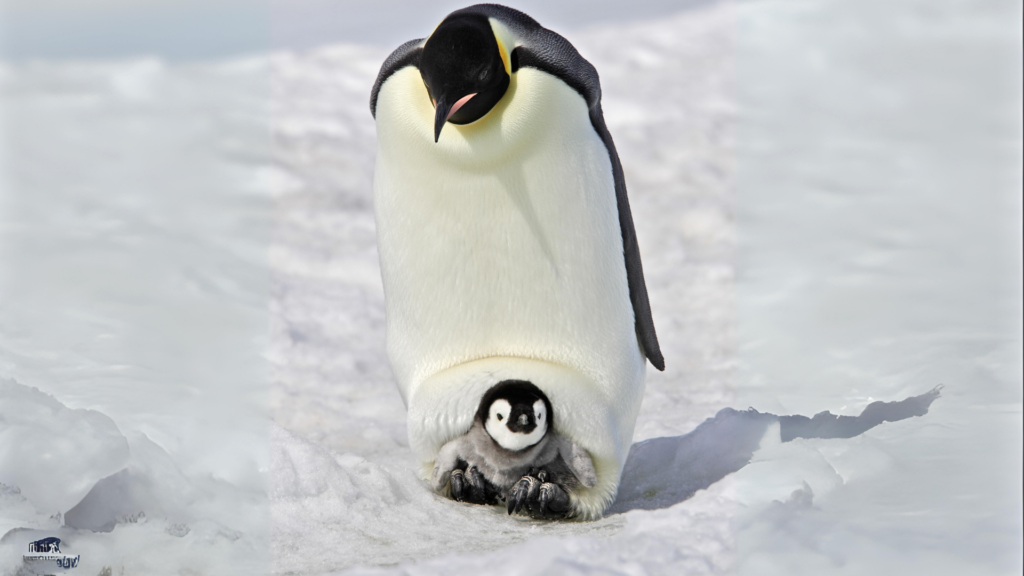
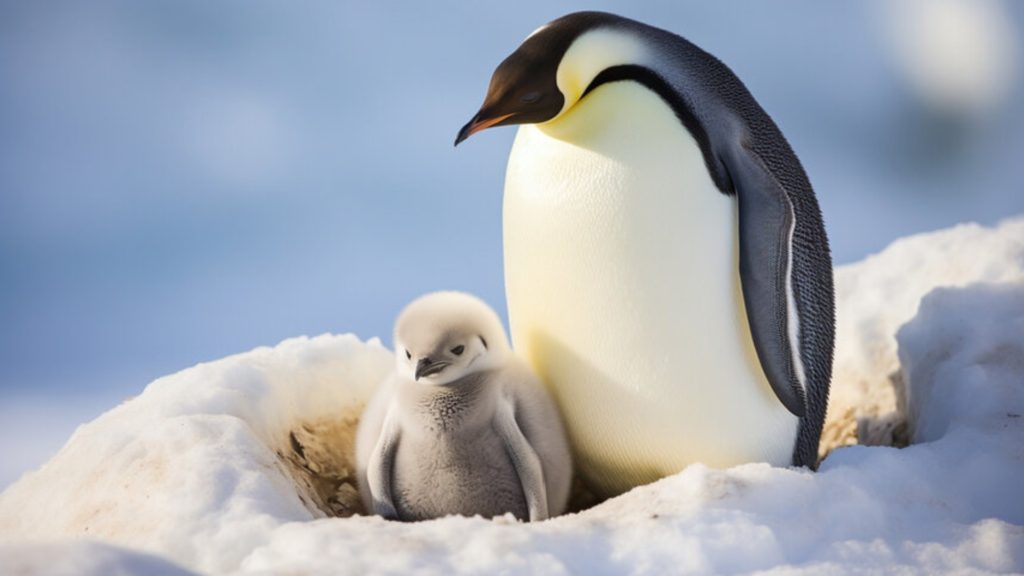

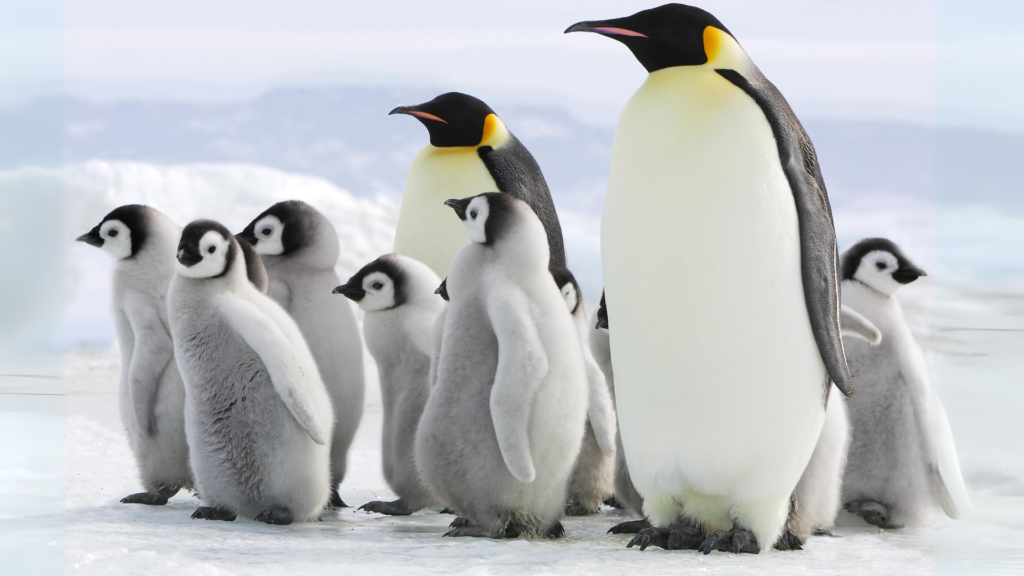
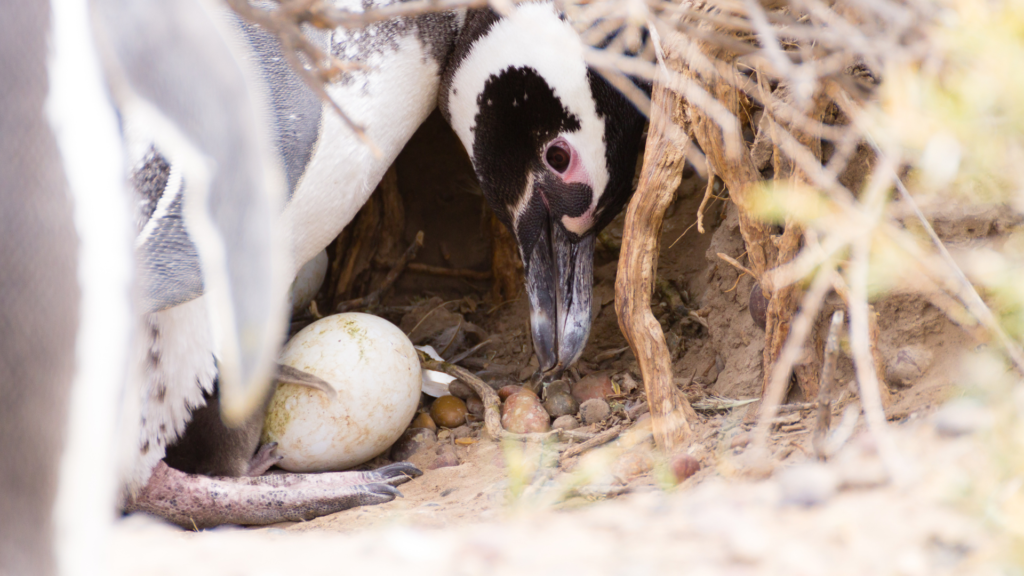
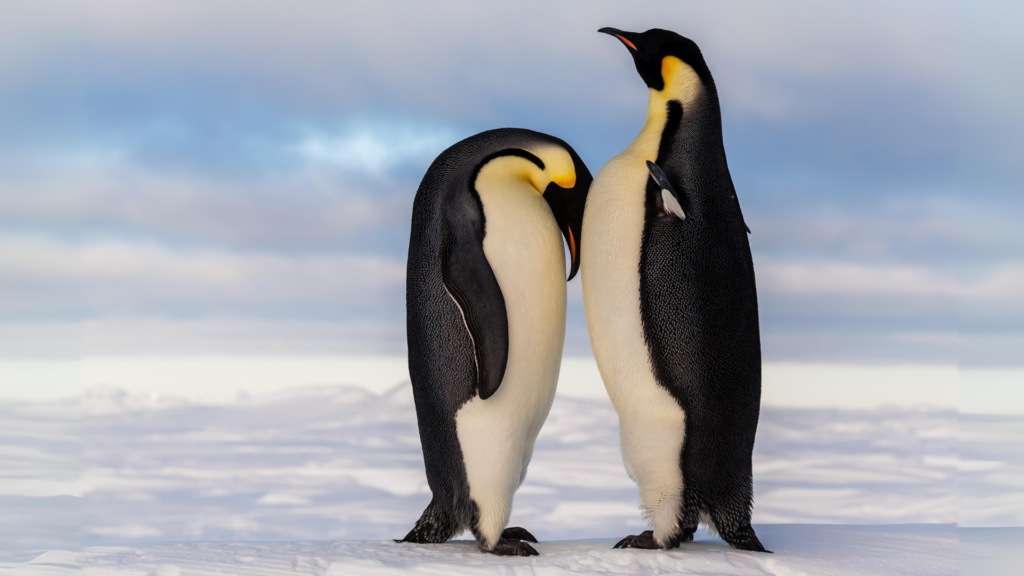
Penguin Communication
Penguins rely heavily on vocal calls to recognize each other’s voices—especially in noisy colonies. Each penguin has a unique call, and chicks can identify their parents by sound alone.
Conservation Challenges
Many penguin species are now threatened by:
- Climate change (melting ice and food chain disruption)
- Overfishing
- Pollution
- Habitat destruction
Organizations worldwide are working to protect nesting grounds and marine ecosystems to give penguins a fighting chance.
Fun Facts
- A group of penguins in the water is called a raft; on land, it’s a waddle.
- Penguins molt once a year, shedding and regrowing all their feathers.
- Some penguins mate for life, like the African and Emperor species.
- Penguins swallow pebbles to help with digestion.
About Penguins
- Habitat: Southern Hemisphere; from Antarctica to South Africa, South America, Australia, and island coasts
- Animal Classification: Bird
- Species Family: Spheniscidae
- Region: Coastal Southern Hemisphere
- Conservation Status: Varies by species, some are Least Concern while others are Endangered (like the Yellow-eyed Penguin)
- Characteristics and Behaviors: Flightless birds with waterproof feathers, strong flippers, and social nesting colonies. Known for unique calls, upright posture, and efficient swimming.
Conclusion
Penguins remind us that life finds a way—even in the harshest environments. Their incredible parenting, endurance, and teamwork show the power of unity and love in the animal kingdom.
Whether waddling on ice or torpedoing through the sea, penguins have earned their place as one of nature’s most inspiring creatures.
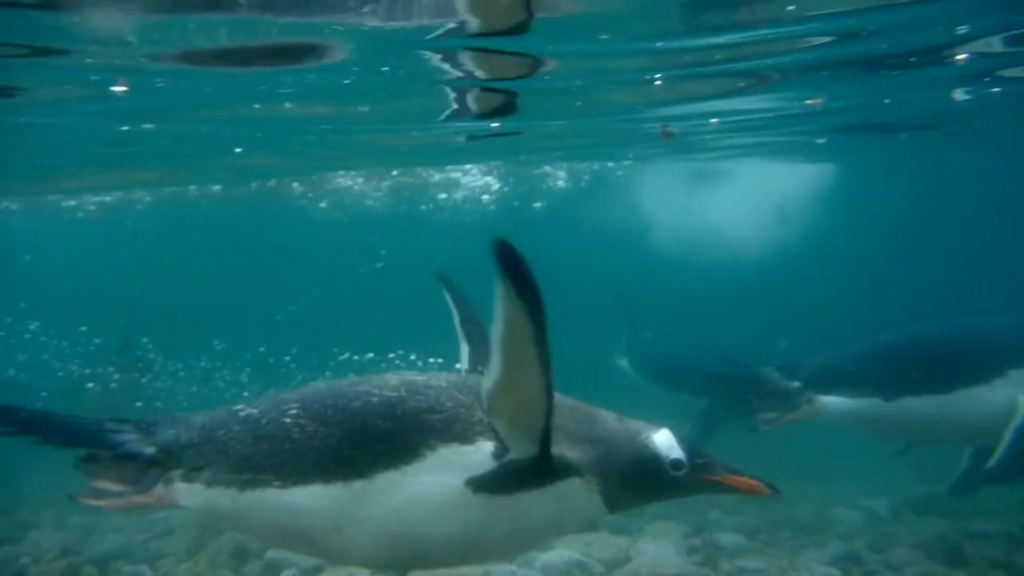

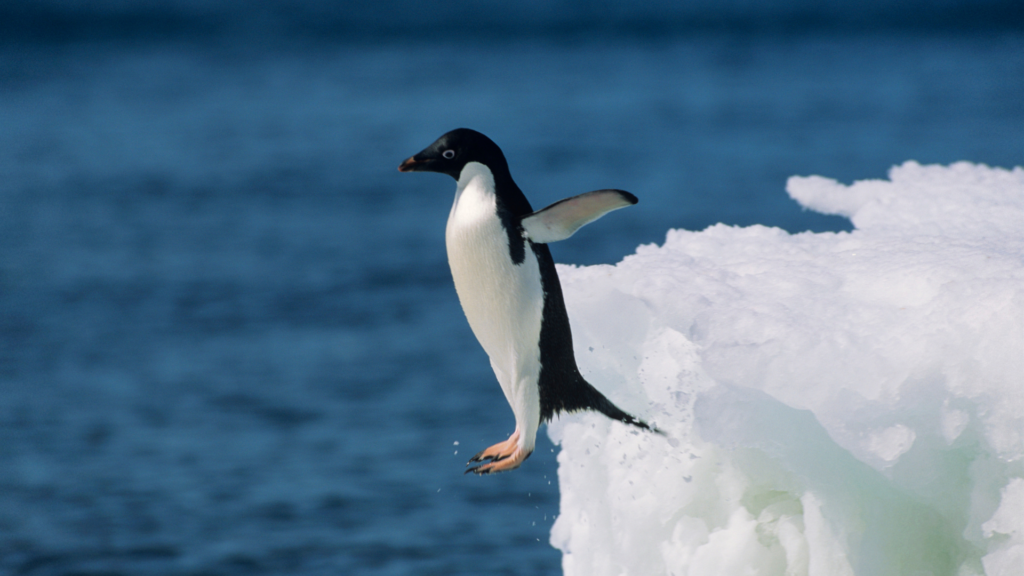
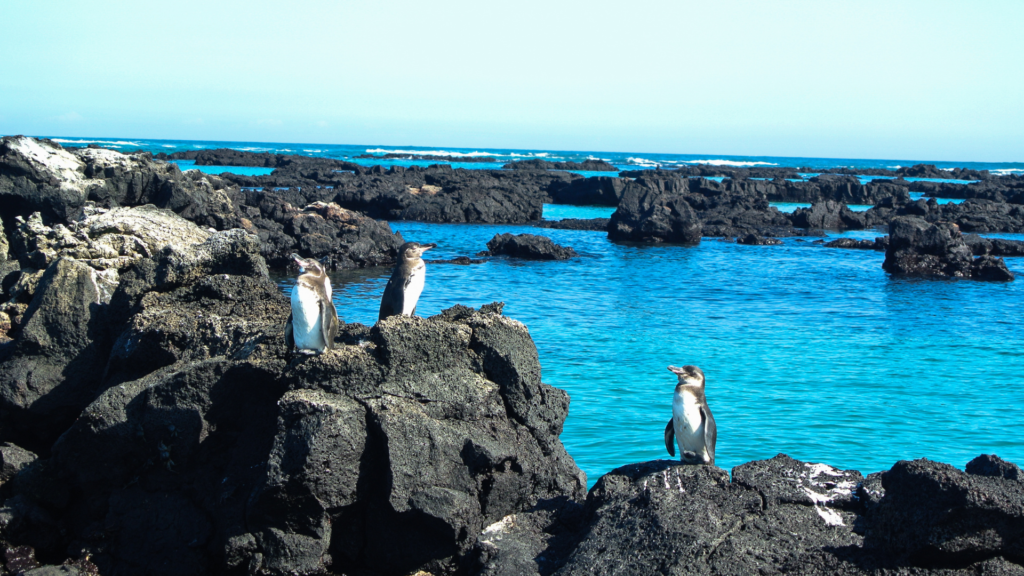
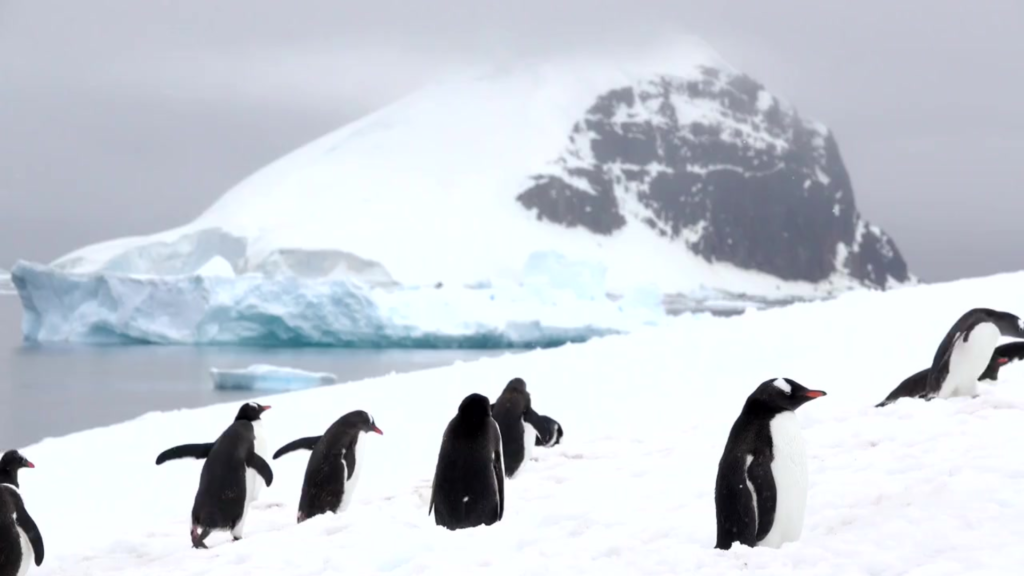
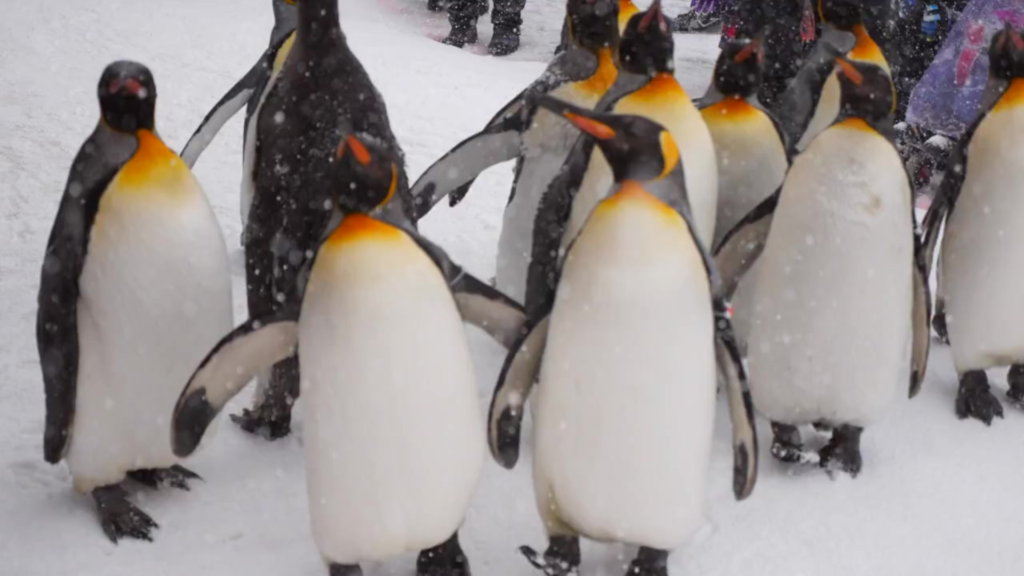
Want to see them in action? 


What’s your favorite penguin fact? Let us know in the comments below!
#penguins #wildlife #animalfacts #cuteanimals #bearbunk #naturelovers #oceananimals #funfacts #seabirds #antarctica #penguinlove #wildlifelovers #animals #animalvideos
More on Birds



 Follow BearBunk for More Wildlife Facts!
Follow BearBunk for More Wildlife Facts! 
 Website:
Website:  Instagram:
Instagram:  Pinterest:
Pinterest:  Facebook:
Facebook:  YouTube:
YouTube: 




Leave a Reply